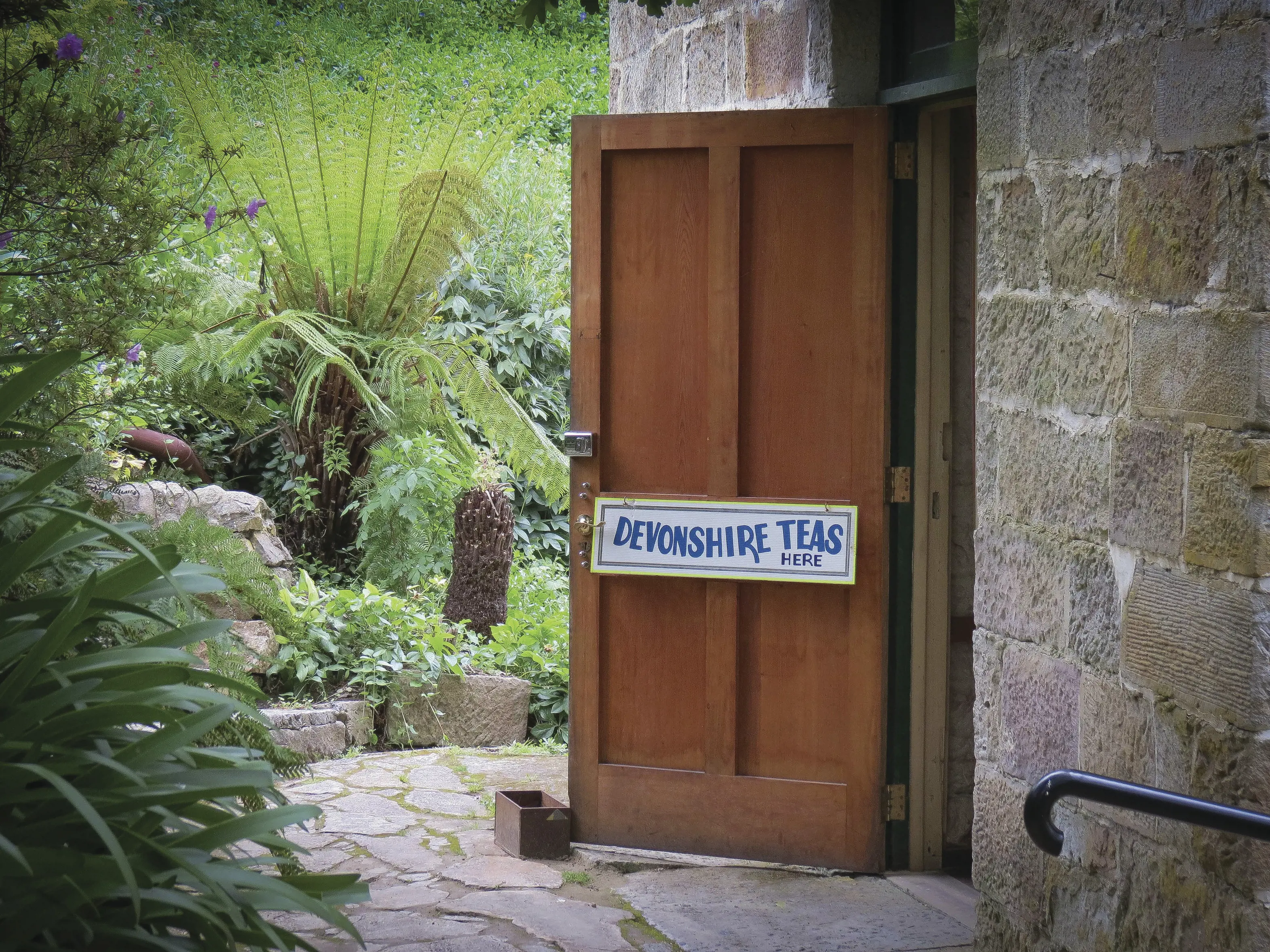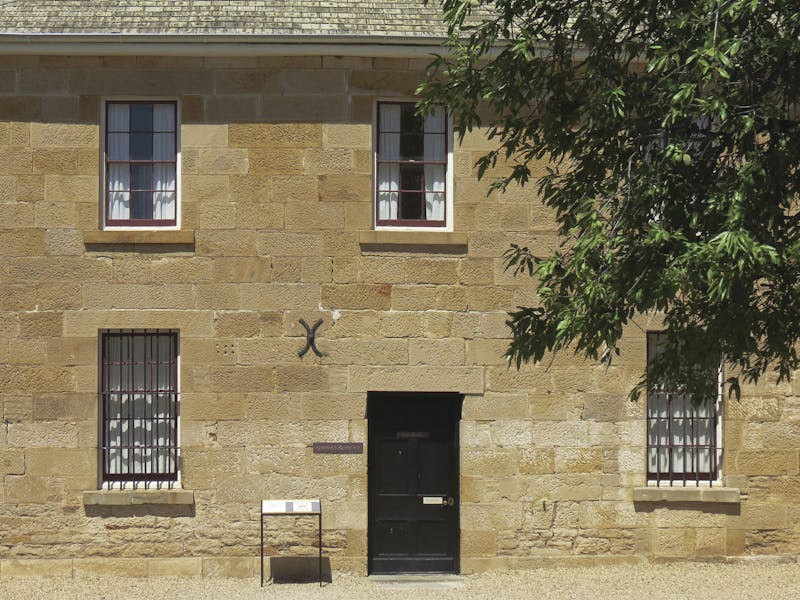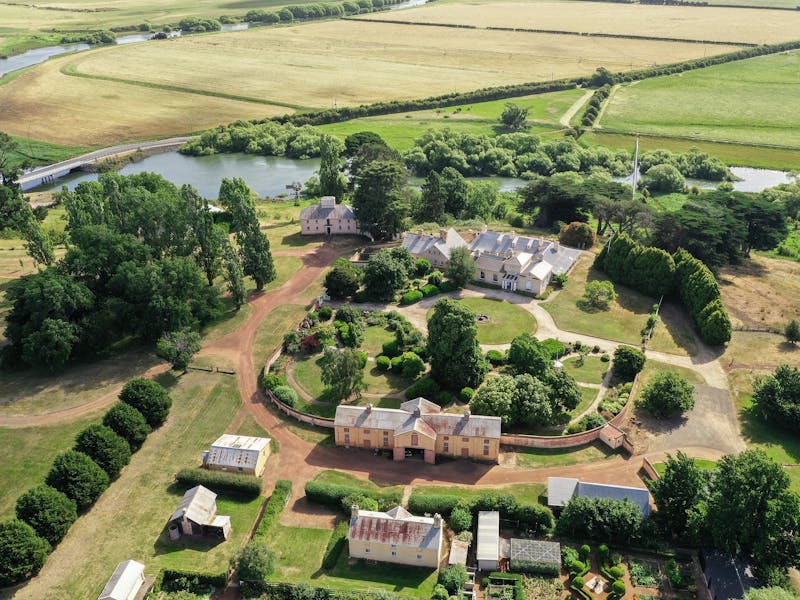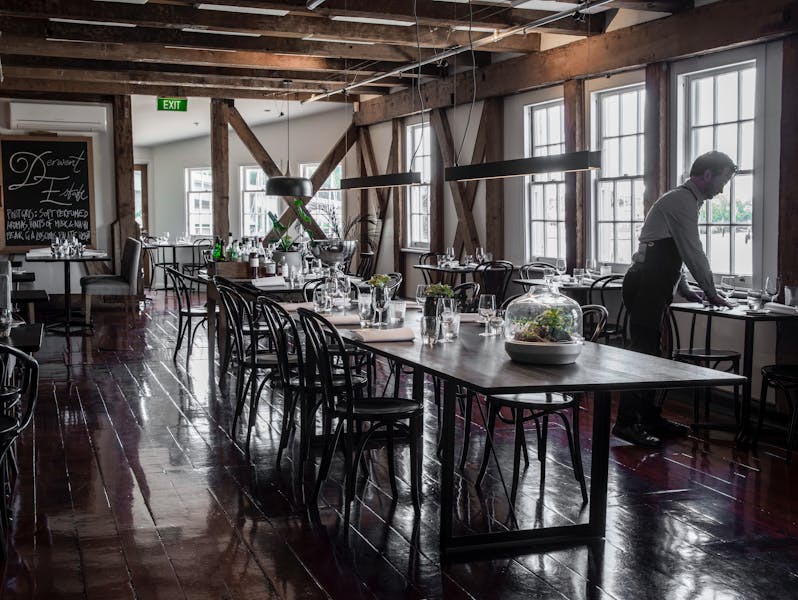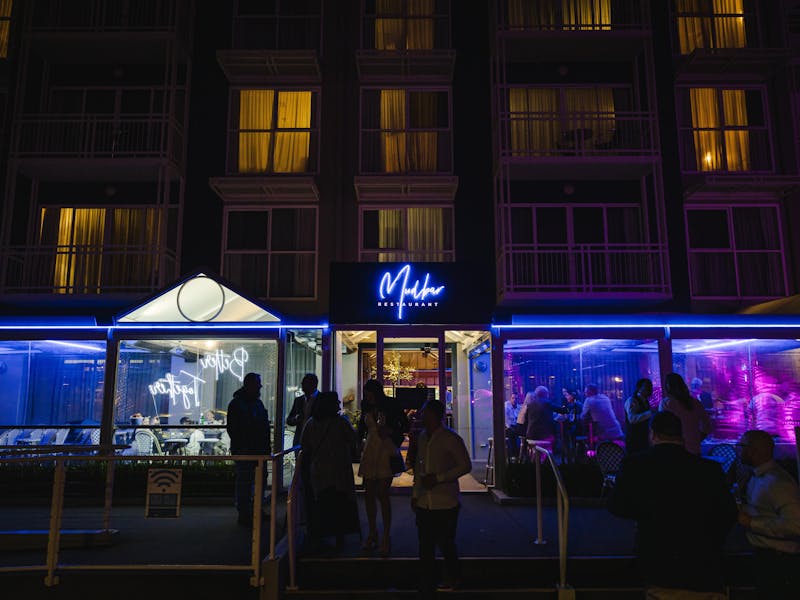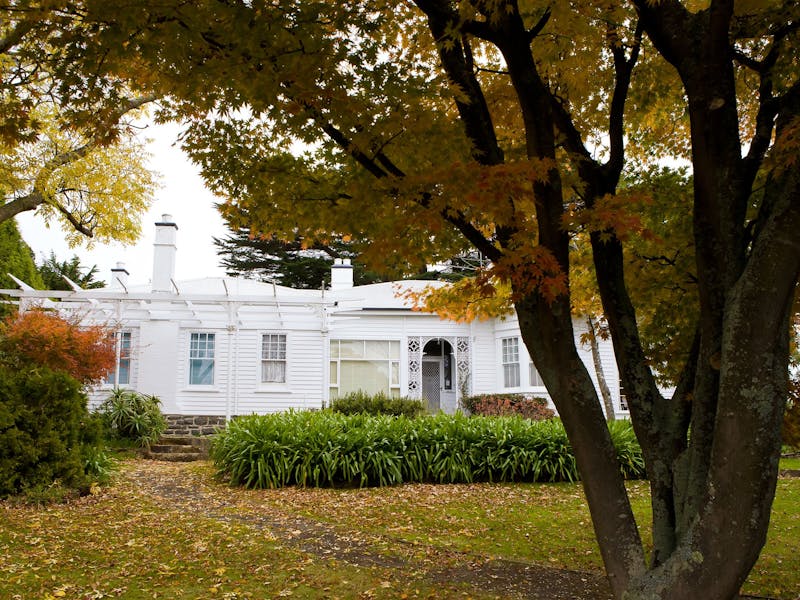
Take detours to discover the island's little-known landmarks and fascinating back stories.
These surprising historical treasures include Australia’s oldest synagogue, a colonial-era signal station, historic horse troughs, a lonely gravestone and more.
Landmark chimney
The Hobart Gas Company’s towering red-brick chimney is an unmissable landmark on the city centre’s eastern edge. The company ventured into electricity, adding steam-driven turbo alternators from 1901, and built the chimney to vent steam vapour and coal fumes. In 1978, the plant shut but the chimney and a handful of original gasworks buildings were retained. The chimney is a block north of Constitution Dock.
Mount Nelson Lookout
When the summit of kunanyi / Mount Wellington is covered in cloud, head for the Mount Nelson lookout – a 10min drive south of Hobart. This is also a great spot for viewing the Southern Lights, aka Aurora Australis. Inspect the colonial-built signal station here, and the Truganini memorial dedicated to all Tasmanian Aboriginal people.

Hobart's horse troughs
These simple reminders of bygone times – the historic equivalent of today’s petrol or charging stations – are dotted around the city and beyond. A simple sandstone water-trough stands opposite Wrest Point hotel, while a more elaborate one sits a few kilometres away in an area known as the Grange. Another sits beside the Hobart Aquatic Centre’s car park.
Shot Tower
At Taroona, 11km south of Hobart, climb the 58m Shot Tower, built in 1870 to manufacture ammunition for sports shooters. Climb the 318 wooden stairs to reach the gallery, which has sweeping coastal views. Afterwards, take tea in the cafe.
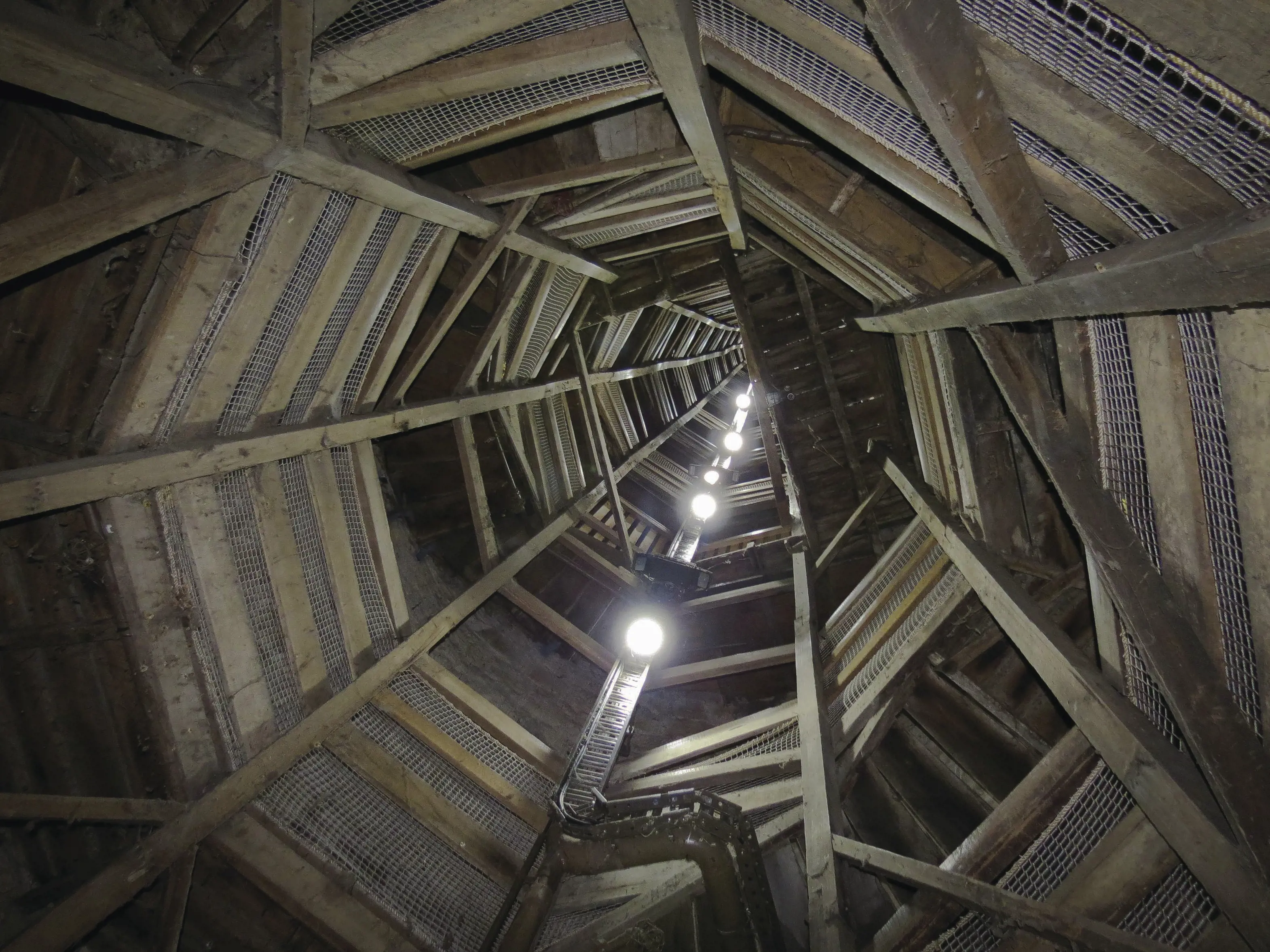

Hobart Synagogue
At 59 Argyle Street, Hobart Synagogue is Australia’s oldest synagogue. Consecrated in 1845, the ornate Egyptian Revival-style building was designed by the convict architect, James Thomson. The National Trust-listed synagogue offers regular tours.
Lonely gravestone
The almost forgotten grave of Critchley Parker Jnr lies at Port Davey, one of Tasmania’s most remote spots. The idealistic Australian had been hoping to establish a Jewish homeland in the south-west wilderness when he set out on his fateful exploratory trip in 1942. A tin miner in Melaleuca rowed him to the start of a walking track. According to Parker’s diary, his plan to signal for help by lighting a fire failed when he ran out of matches, and then he ran out of food. His body was found months later.
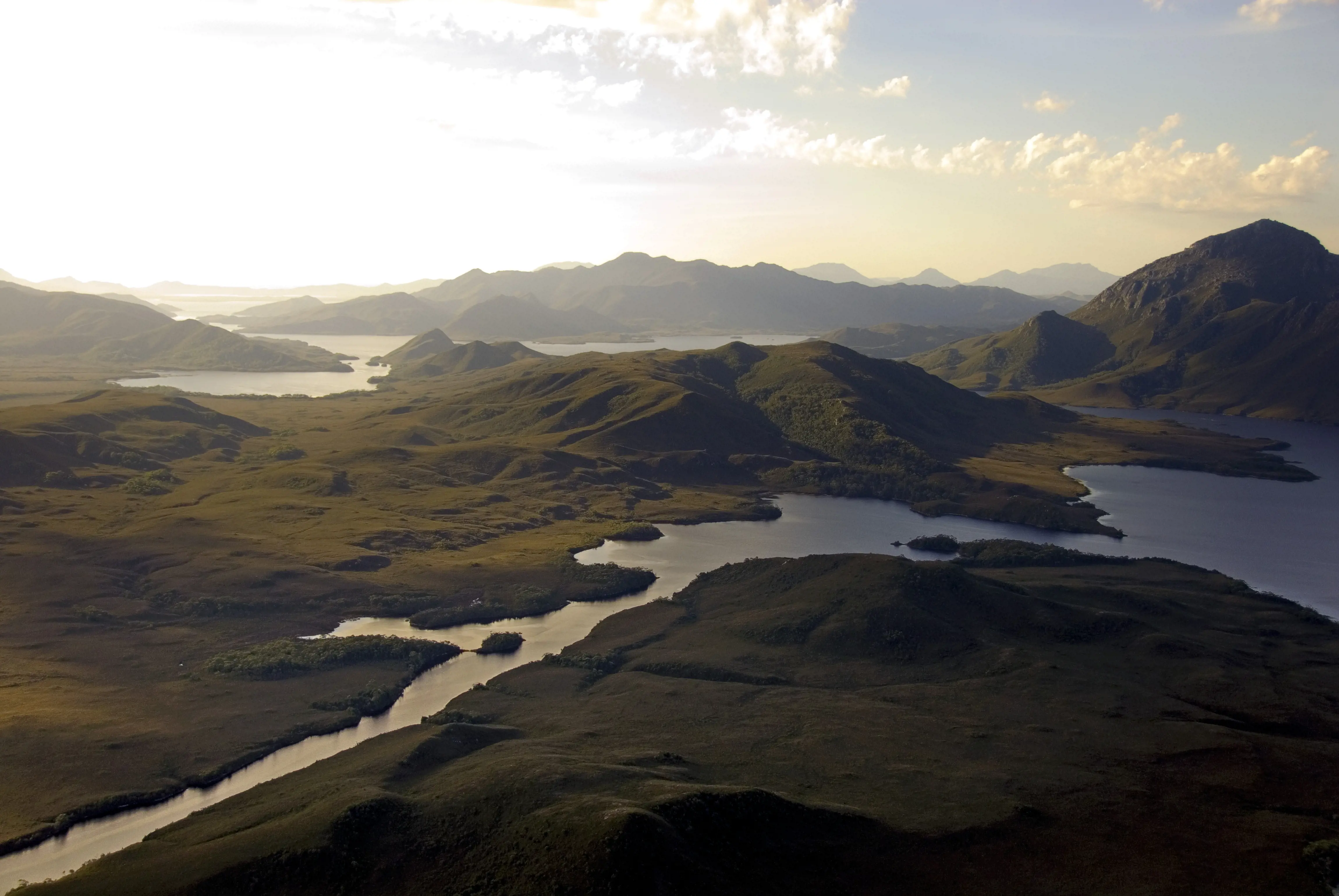
Darwin's theory
The English naturalist Charles Darwin arrived in Hobart aboard the Beagle in 1836. His interest in Tasmania’s distinctive geology and plant and animal species was part of research that formed his revolutionary theory of evolution published 23 years later. For 12 days he collected insect samples, noted the geology and soil, and celebrated his 27th birthday in Hobart.
Launceston campaigns
The Anti-Transportation League (ATL), which advocated to stop convicts being shipped from England to Tasmania, planned its campaigns in what is now the Cornwall Historic Hotel in Launceston. Its members publicly championed the cause a few blocks away in what is now Princes Square. The only ATL flag known to exist is held by the Queen Victoria Museum and Art Gallery (QVMAG) in Launceston.
